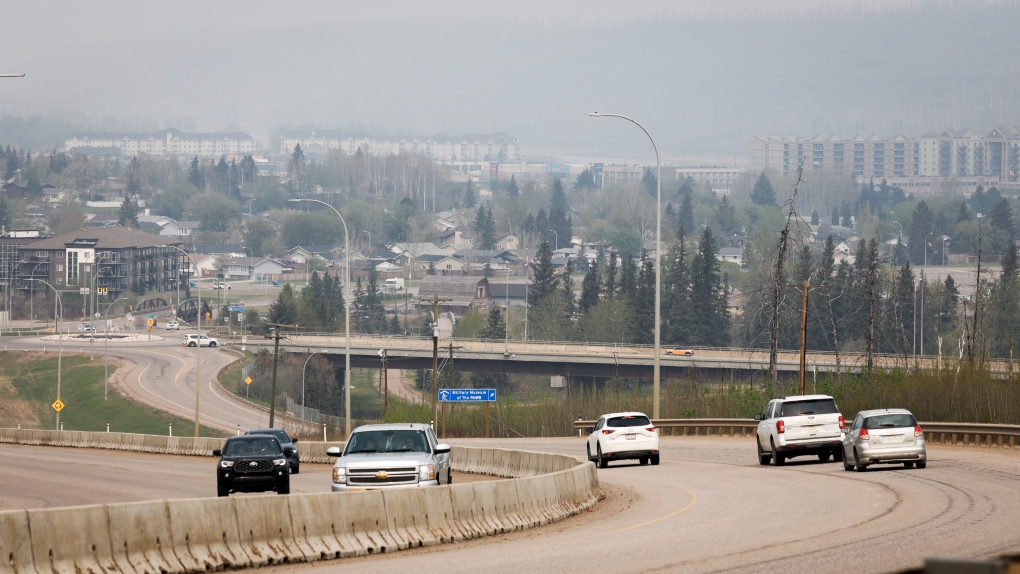As we enter another wildfire season, Environment and Climate Change Canada is advising the public to be mindful of air pollution levels and check the Air Quality Health Index, especially on smoky days.
How can I check air quality readings in my area?
The Air Quality Health Index is available through Environment Climate Change Canada.
You can see community ratings in your state or region.
A rating of 1 to 3 is low risk, 4 to 6 is medium risk, 7 to 10 is high risk, and 10 or higher is very high risk.
Environment Canada is also encouraging people to download the WeatherCAN app and set up personal notifications for AQHI in their area.
How is risk assessed?
Environment Canada, in consultation with Health Canada, has different recommendations for people at risk of developing health problems from exposure to particularly poor air quality than for the general population.
People “at risk” include people with respiratory or heart problems. Infants, young children, pregnant women, and the elderly are also considered to be at increased risk. Even at the “moderate risk” level, you can still feel symptoms from air pollution.
Environment Canada provides a detailed breakdown on its website of how different risk categories impact the general population and more vulnerable groups.
What will change this year?
If wildfire smoke causes an AQHI above 10, indicating a “very high” health risk, it will warn of potentially worsening health impacts and urge people to seriously consider canceling outdoor events. A new type of air pollution advisory is issued.
Users of Environment Canada's go-to weather website can now see all active air quality-related alerts listed under a separate tab. When AQHI reaches 10+, the affected area will be shown in red on the map.
Céline Audette, health and air quality forecasting services manager at Environment and Climate Change Canada, also said most provinces now use an enhanced version of the AQHI, which measures time-based levels of fine particulate matter, known as PM 2.5. He said he is doing so.
The enhanced AQHI performs two parallel calculations: a moving average of three common air pollutants: ground-level ozone, nitrogen dioxide, and PM 2.5. — and hourly PM 2.5 levels. AQHI scores seen by the public are based on whichever scale is higher.
This report by The Canadian Press was first published May 20, 2024.



